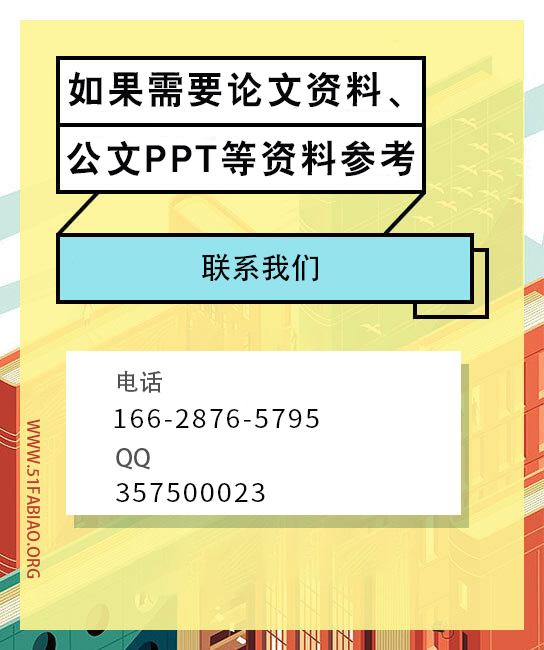国际管理是为在多个国家开展业务的组织管理业务的实践。这种做法需要技能和知识超出正常的业务专长。熟悉组织运作的国家的业务规则,熟悉各国的风俗习惯和法律,以及以多种货币进行交易的能力是不可或缺的。
贸易壁垒涉及到公共部门或政府出台限制或阻止海外贸易和投资的措施。以下是贸易壁垒的例子。
BACKGROUND OF THE MAJOR PROBLEMS/ISSUES 主要问题/问题的背景
The International management is the practice of managing business operations for organizations that conducts business in more than one country. This practice requires skills and knowledge beyond the normal business expertise. It is indispensable to familiarize oneself the business regulations of the countries in which the organization operates, knowledge in the customs and laws of the nations, and the capability to perform transactions in multiple currencies.
Trade barriers pertain to the measures that public authorities or governments introduce that restrict or prevent overseas trade and investment. Below are the examples of Trade barriers.
Tariffs and Taxes
Tariff levels – import tariffs are usually higher and the amount of the tariff depends on what country the products came from.
Tariff Quota- import tariffs needs to meet a certain volume of the imported products.
Internal taxation- The imported goods get more expensive compared to the local products due to the indirect or internal (national/local) taxes.
Anti- dumping measures- Dumping means Special duties levied on imported goods that allegedly are sold at too low prices.
Export prohibition and other quantitative restrictions
Export subsidies and taxes
Regulations and procedures concerning imports and exports
Registration, Documentation and Custom procedures- These involves procedures which directly or indirectly affects the connection with customs that prevents trade. Eg. Inspection requirement, documentation, unnecessary delays and registration requirements.
Quantitative Restrictions and Related Measures – imports restricted through quantitative import restrictions or import prohibition. This includes import licenses, non-automatic import surveillance and quotas.
Rules and Standards
Competition issues
Sanitary and phytosanitary measures –
Standards and other Technical Requirements
Government Procurement
Subsidies
Other non-tariff measures
Legislation on patents
Legislation on copyrights and related rights
Trademark Legislations
Legislation on Appellations of origin and Geographical indications
Legislation on Industrial design and layout of integrated circuits
Discriminating Export licensing
POTENTIAL SOLUTIONS AND/OR ALTERNATIVE COURSES OF ACTIONS 潜在的解决方案和/或替代课程的行动
One of the potential solutions here is to harmonize the International trade content and tariff schedules. Each country should enhance the technology in the trading Industry such as using online services for easier screening of import/export documentation and electronic filing.
International trading industry should establish standard coding system, rulings, regulations, statuses, resources and tariffs guided by law for strict compliance of the countries participating in the international trading.
The World Trade Organization should set a fixed tax rate and quota for particular types of goods. The participating nations especially those from developing countries are having challenges to meet the technical barriers, and the sanitary and phytosanitary measures. Hence, the International Organization for Standardization (ISO) should work closely with the developing countries to assist in alternative and systematic method to meet the standard measures. The standardization should also include the documentation, licensing requirement, trademarks and patents should be standard in all nations by using one specific program which keep the record of all countries active in trading. This program is accessible in any country for faster screening, licensing and releasing legal requirement and documents.
DEVELOP DECISION CRITERIA FOR ADDRESSING/ SOLVING THE PROBLEM 制定解决/解决问题的决策标准
The trade barriers may be in tariff and non-tariff forms like custom procedures, transit duties, sanitation and phytosanitary. Addressing the issues that prevents or limits the trading between d
无忧论文库
- 市场调查与预测论文
- 工商管理论文
- 战略管理论文
- 人力资源管理论文
- 市场营销论文
- 酒店管理论文
- 电子商务论文
- 组织行为学论文
- 信息管理论文
- 成本管理论文
- 企业问题研究论文
- 客户关系管理论文
- 媒体管理论文
- 风险管理论文
- 旅游管理论文
- 技术经济学论文
- 财务管理论文
- 企业文化论文
- 管理论文
- ERP论文
- 国际商务管理论文
- 网络营销论文
- 信用管理论文
- 会展论文
- 运营管理论文
- 物业管理论文
- 生产管理论文
- 企业管理论文
- 品牌管理论文
- 质量管理论文
- 社区管理论文
- 团队管理论文
- 渠道管理论文
- 销售管理论文
- 企业社会责任论文
- DBA工商管理博士论文
- 微观经济学论文
- 宏观经济学论文
- 国际贸易论文
- 金融证券论文
- 农业经济论文
- 经济管理论文
- 投资论文
- 政治经济学论文
- 中国经济论文
- 经济学理论论文
- 产业经济论文
- 新经济学论文
- 社会经济论文
- 房地产论文
- 区域经济论文
- 低碳经济论文
- 农村经济论文
- 发展经济学论文
- 经济与行政管理论文
- 经济师论文
- 国际关系论文
- 行政管理论文
- 文书
- 政治学论文
- 电子政务论文
- 民主制度论文
- 社会主义论文
- 资本主义论文
- 马克思主义论文
- 邓小平理论论文
- 毛泽东思想论文
- 司法制度论文
- 思想政治教育论文
- 资源环境与城乡规划管理论文
- 党建论文
- 军事理论论文
- 公务员论文
- 会计论文
- 审计论文
- 成本会计论文
- 电算化会计论文
- 管理会计论文
- 会计理论论文
- CPA论文
- ACCA论文
- 税务会计论文
- 会计制度论文
- 财务会计论文
- 会计实习论文
- 会计论文发表
- MPACC论文
- 会计师职称论文
- 内部审计论文
- 审计风险论文
- 英语翻译学论文
- 英美文学论文
- 英语语言学论文
- 英语其它论文
- 商务英语论文
- 英语教育论文
- 小学英语教学论文
- 初中英语教学论文
- 旅游英语论文
- 计算机英语论文
- 英语教学论文
- 中外文化差异论文
- 英语毕业论文
- 英语论文范文
- 英语文学论文
- 跨文化交际论文
- 临床医学论文
- 护理医学论文
- 中医学论文
- 医学技术论文
- 医药学论文
- 外科论文
- 呼吸论文
- 妇产科及儿科论文
- 泌尿科论文
- 骨科论文
- 皮肤病论文
- 生物医学工程论文
- 神经学论文
- 口腔医学论文
- 医学论文范文
- 法医学论文
- 社会医学论文
- 整容医学论文
- 预防医学论文
- 医学检验论文
- 超声医学论文
- 放射医学论文
- 急诊医学论文
- 五官科论文
- 中西医结合论文
- 全科医学论文
- 康复医学论文
- 医学健康教育论文
- 病理学论文
- 基础医学论文
- 营养学论文
- 药学论文
- 环境法论文
- 刑法论文
- 版权法论文
- 国际商法论文
- 法学理论论文
- 行政法论文
- 民法论文
- 诉讼法论文
- 经济法论文
- 劳动法
- 海事海商法论文
- 法律史论文
- 公司法论文
- 民商法论文
- 婚姻法论文
- 票据法论文
- 森林法论文
- 商标法论文
- 宪法论文
- 新闻法论文
- 食品安全法论文
- 国际法论文
- 合同法
- 法律论文范文
- 知识产权法论文
- 税法写作
- 物权法论文
- 国际私法论文
- 国际海洋法论文
- 影视论文
- 广告设计论文
- 多媒体设计论文
- 纯艺术类论文
- 摄影艺术论文
- 美学论文
- 服装设计论文
- 动漫设计论文
- 室内装潢设计论文
- 戏剧论文
- 播音专业论文
- 舞蹈论文
- 环境设计论文
- 装饰与绘画论文
- 平面设计论文
- 化妆专业论文
- 戏曲论文
- 美术论文
- 电影论文
- 书法论文
- 环境艺术论文
- 工艺美术论文
- 绘画艺术论文
- 表演论文
- 导演/编导论文


